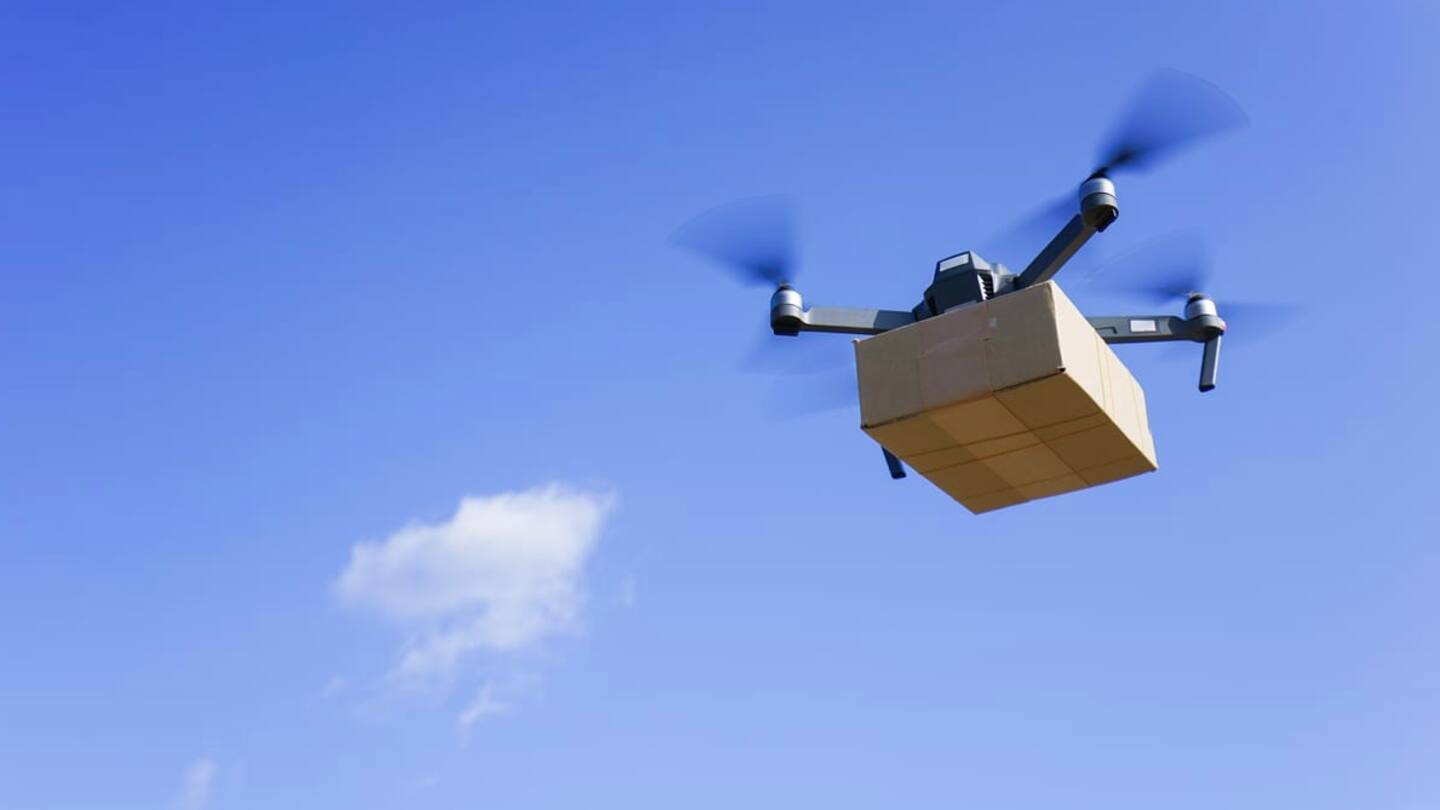
Centre considers using drones to deliver vaccines in tricky terrains
What's the story
In an attempt to make COVID-19 vaccines available in regions with difficult terrains, the central government is planning to engage Unmanned Aerial Vehicles (UAVs) for deliveries.
Reportedly, the HLL Infra Tech Services Limited on Friday invited an Expression of Interest (EOI) on behalf of the Indian Council of Medical Research (ICMR) for the delivery of vaccines and drugs by UAVs in some regions.
Details
Document invites bids by June 22
According to the HLL Infra Tech's EOI, the ICMR has sought UAVs that can fly up to 35 kilometers carrying supplies at an altitude of at least 100 meters, News18 reported.
HLL Infra Tech is a subsidiary of Government-owned HLL Lifecare, which is procuring COVID-19 vaccine doses for India.
According to the report, the document invites bids by June 22.
Quote
'EOI issued after feasibility study by ICMR, IIT Kanpur'
The bid document reported stated, "To strengthen the delivery of vaccines, ICMR has successfully conducted a feasibility study to deliver vaccines by UAVs in collaboration with IIT (Indian Institute of Technology), Kanpur."
It said the ICMR is looking to develop models for vaccine delivery by UAV "to reach inaccessible (hard to reach) areas to cover last-mile coverage at difficult terrain in selected locations."
Requirements
Vertical take-off, ability to carry 4 kgs among requirements
The government's specifications list that the UAV should take off vertically and should be able to carry a shipment of four kilograms.
It should also be able to return home to the command station after the delivery.
"Take off and landing will be as per DGCA (Directorate General of Civil Aviation) guidelines. Parachute-based delivery will not be preferred," the document said.
Requirements
Constant tracking, navigation, communication needed
Further, the document stated that the UAV must be able to land safely.
It must be enabled for constant tracking, navigation, and communication with the base station, it said.
The UAV must be able to follow a predefined flight plan, have real-time visibility of adherence to the said plan.
It must also follow fully autonomous take-off, flight, and landing along GPS way-points.